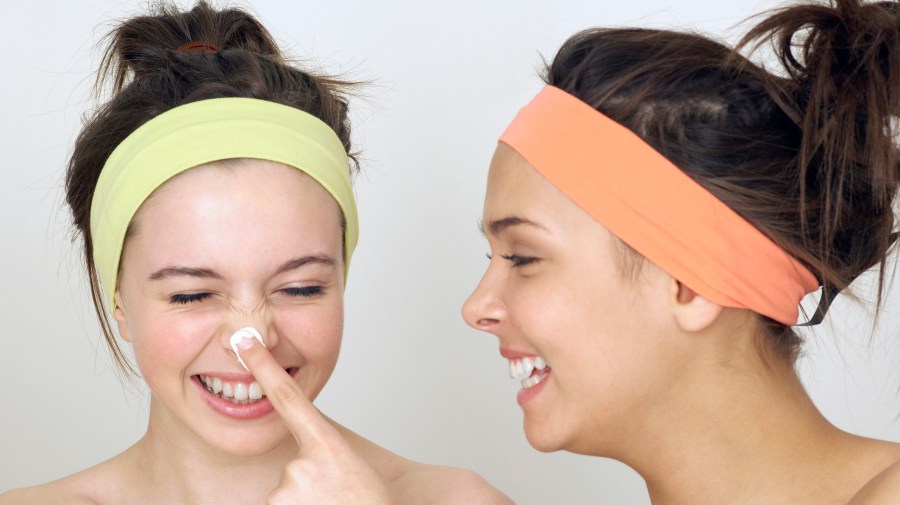
No one likes to look in the mirror and see a glaring reminder that time is marching on — right across your face. Of course, you can’t stop Planet Earth from making its annual trip around the sun, but that doesn’t mean there aren’t some healthy ways to minimize the effects that glaring sun has on your skin. Even better, while you’re tackling those harsh rays, you can also reduce the toll that other weather elements like the wind and cold take on your skin that leave it dry and begging for moisture.
Even if you don’t care about the wrinkles caused by dry skin, you certainly don’t want the irritation of itchy skin conditions that are often the result of dry, flaky skin. If you also don’t love the idea of plastering creams and ointments with strange, chemical-sounding ingredient names all over your face, then you might want to consider making your own natural homemade facial moisturizer. Whether your skin is always dry or temporarily dry due to winter’s harsh chill or stress — thank you, 2020! — you can whip up a great solution for the problem. Start with these ideas for making your own facial moisturizer at home.
Commercial Facial Moisturizers vs. Natural Facial Moisturizers
First, let’s consider the comparison between commercial facial moisturizers and one you make yourself. Moisturizers are some of the most popular beauty products on the market, and purchasing a premade product is certainly simple. The cost, on the other hand, is more than a little prohibitive for some products, with prices covering the full cosmetic spectrum from less than $10 to several hundred dollars for a very small amount of moisturizer.
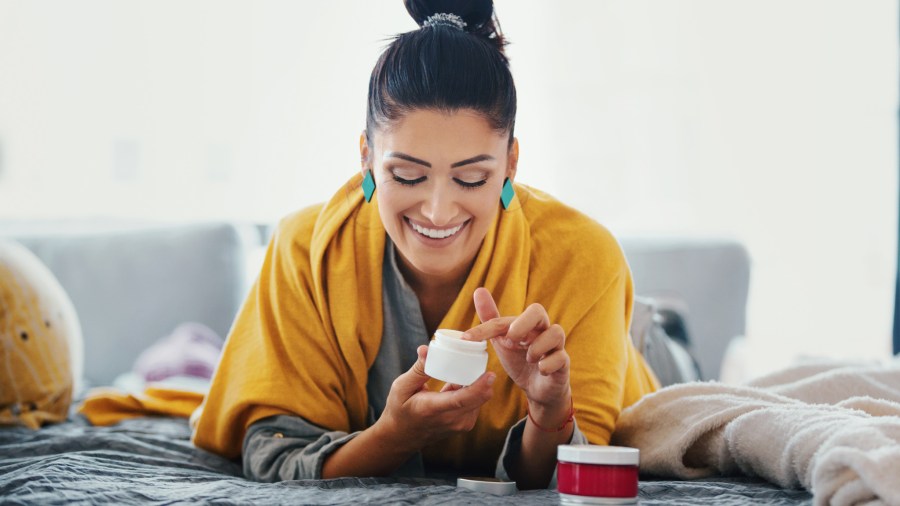
Each commercial brand has its own unique ingredient combination, and many are known to contain synthetic or even chemical substances. The long-term effects of some of the ingredients aren’t yet known, which kind of makes the users guinea pigs in a science experiment, even if they aren’t thinking of it that way. These unknown factors make plenty of other consumers wary of using these types of products, which is why many of them turn to natural options.
Facial moisturizers made with natural ingredients are safe for use on the skin unless someone has a particular allergy to an ingredient. Because they don’t contain any harsh chemicals or synthetic ingredients, they are much less likely to be harmful in any way. Additionally, homemade moisturizers are usually very easy to make, and the ingredients only cost a fraction of the price of commercial moisturizers.
However, making your own homemade moisturizer does require some care and consideration. After mixing the ingredients, it’s important to test a small amount on a small patch of skin, such as the inside of your wrist, to make sure it doesn’t cause an allergic reaction. You should not skip this step, even if you don’t have any known allergies.
As an additional caution, many commercial moisturizers provide UV protection while most homemade products don’t contain ingredients with the same capabilities. If you rely on your moisturizer for UV protection, you will need to find an alternative option for protecting your skin from the sun’s harmful rays if you opt for a homemade moisturizer.
Single Ingredients That Moisturize on Their Own
Before you start thinking about different “recipes” you can make to find your favorite new dry skin facial moisturizer, you may want to check out the merits of a few simple ingredients that work wonders for soothing dry skin all by themselves. Several different types of natural oils have been key components in different moisturizers over the years, and they also work great on their own or blended with other natural moisturizing ingredients. Avocado oil, coconut oil and olive oil — which dates all the way back to beauty practices of the ancient Greeks and Egyptians — are good examples.
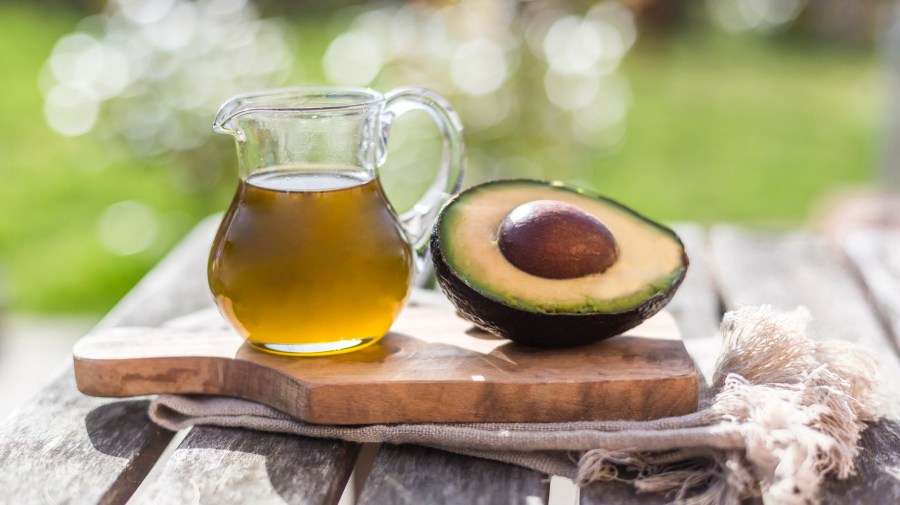
You’ve probably heard different types of “butters” mentioned in relation to moisturizers as well. Organic Grade A shea butter contains some of the same moisturizers produced by the body’s sebaceous glands, according to Jody Levine, MD, a clinical instructor of dermatology at Mount Sinai School of Medicine. Cocoa butter is perhaps most famous for offering double the magic as an ideal skin moisturizer and a delicious chocolate candy ingredient. Less familiar to most people, mango butter comes from the kernel of the mango seed and offers excellent treatment for sunburns as well as high doses of vitamins C, A and E.
Honey and buttermilk round out the list of natural ingredients that can work wonders for your skin. As a natural antioxidant, honey makes a great moisturizing cleanser as well as a soothing bath ingredient for a luxurious full-body treatment. Buttermilk is a natural alpha-hydroxy acid that can gradually diminish acne scars and age spots, and it blends perfectly with honey to create a milk-and-honey-type of moisturizing experience.
Avocado and Essential Oils Daily Face Moisturizer for Dry Skin
If you want a natural face cream with an amazing scent as well as powerful moisturizing capabilities, try this homemade blend that features avocado oil, sea buckthorn oil, rosehip seed oil, lemongrass oil, lavender oil, geranium oil and shea butter. Start by melting the shea butter in a double boiler and then add the avocado oil. Once it’s fully blended, blend in the other essential oils.
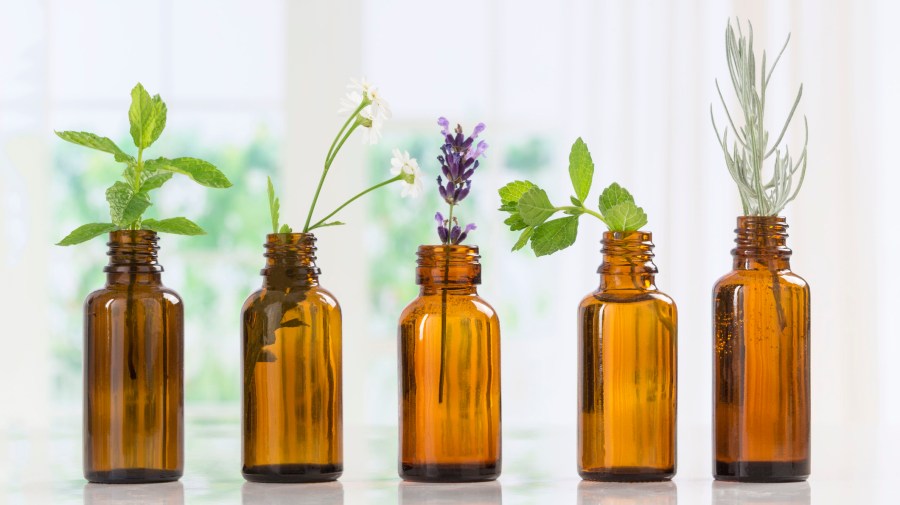
This full recipe makes about 6 ounces of moisturizing cream that can be stored in the refrigerator or other cool, dark place. For best results, use a small glass container with a tight-fitting lid.
Shea Butter Face Cream with Skin-Protecting Essential Oils
Combine the moisturizing power of shea butter with the healing power of aloe vera, the skin repairing power of jojoba oil, and the wrinkle-erasing and anti-aging properties of frankincense oil to create this amazing skin-protecting moisturizing cream. Start by melting shea butter and beeswax in a double boiler. Separately, combine jojoba oil (or rosehip seed oil), rose water and aloe vera gel in a large glass measuring cup or bowl. Warm this blend to help it mix with the oil mixture.
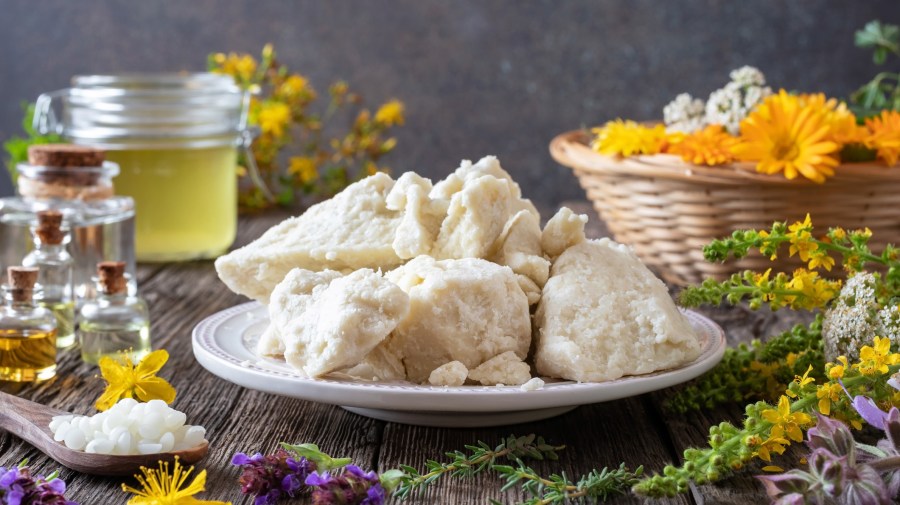
Use an immersion blender to whip the aloe vera mixture until it turns milky, and then gradually blend in the shea butter mixture. Once the mixture becomes thick and fluffy, blend in frankincense and rose essential oils. Transfer the finished cream to small glass jars for storage in the fridge for up to a year. Check out the full recipe for exact measurements.
Simple Three-Ingredient Face Moisturizer for Dry Skin
When you want to keep your moisturizer prep as easy as possible, this three-ingredient blend is about as simple as it gets. You simply combine argan oil, emu oil and your favorite essential oil — lemongrass, rosemary, chamomile, peppermint, lavender, etc. — in a glass bottle to make a simple moisturizer that packs a beautiful punch. The argan oil soothes while the emu oil seals in moisture and heals. You can also substitute jojoba oil or hempseed oil for the argan oil. Take a look at suggestions and ingredient ratios here.
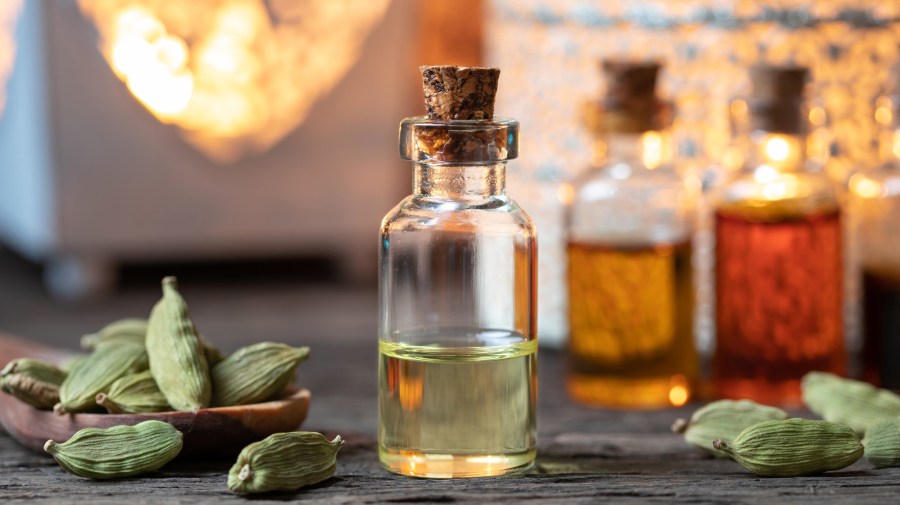
Sources:
https://www.mayoclinic.org/diseases-conditions/dry-skin/symptoms-causes/syc-20353885
https://www.treehugger.com/natural-remedies-dry-skin-4858762
https://www.treehugger.com/natural-moisturizers-that-your-skin-will-love-4868659
https://draxe.com/beauty/face-moisturizer-for-dry-skin/
https://www.goodhousekeeping.com/beauty/a20707628/diy-face-cream-recipe/





